Staying Fit



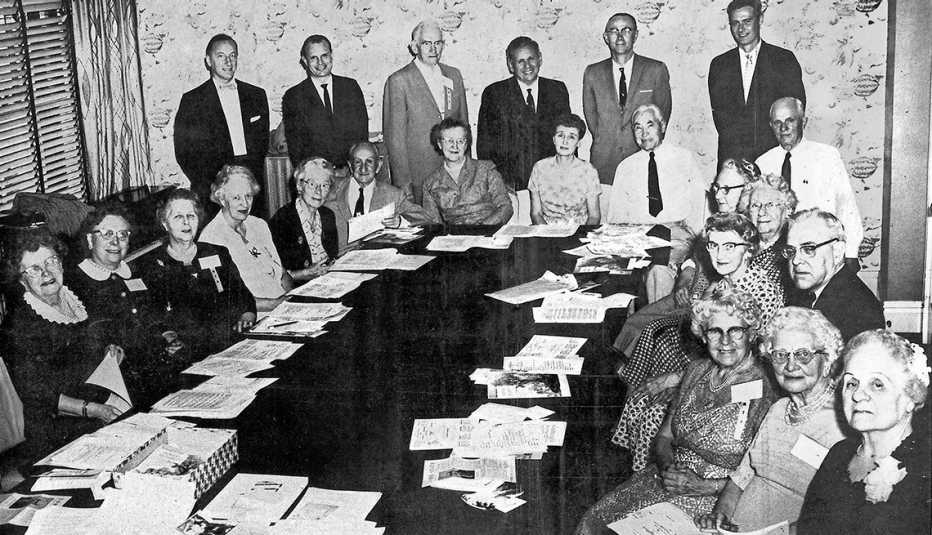
1958: AARP Is Born
The American Association of Retired Persons (now known as AARP) is founded on July 1 by Ethel Percy Andrus, a retired high school principal (first board meeting above). It expands the mission of the National Retired Teacher's Association (NRTA), the organization Dr. Andrus founded in 1947 to address the economic challenges and health insurance needs of retired educators. AARP is formed with the intention to: 1) enhance the quality of life for older persons, 2) promote independence, dignity and purpose for older persons, 3) lead in determining the role and place of older persons in society and 4) improve the image of aging. Membership dues are $2.


1961: Creating a House of the Future
AARP builds the House of Freedom, incorporating the principles of universal design, in Washington, D.C., to showcase options for style and safety (nonskid floors, grab bars in bathrooms) for delegates to the first White House Conference on Aging. The builder notes that its name refers to the house’s ability to provide “freedom from household drudgery, from poor lighting, from dangerously slick floors or stairways, from expensive housing expense.”

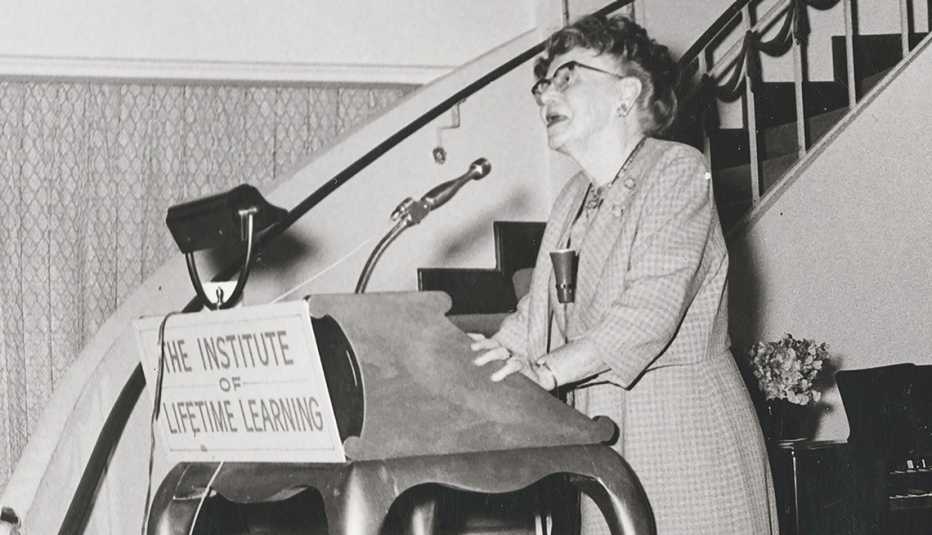
1963: Dedication to Lifelong Learning
The AARP Institute of Lifelong Learning begins providing educational programs for older people in Washington, D.C., offering classes in arts, crafts, secretarial skills, speech, photography, English, international relations and more. It’s so successful that the program soon expands to Long Beach, Calif.; St. Petersburg, Fla.; and beyond.

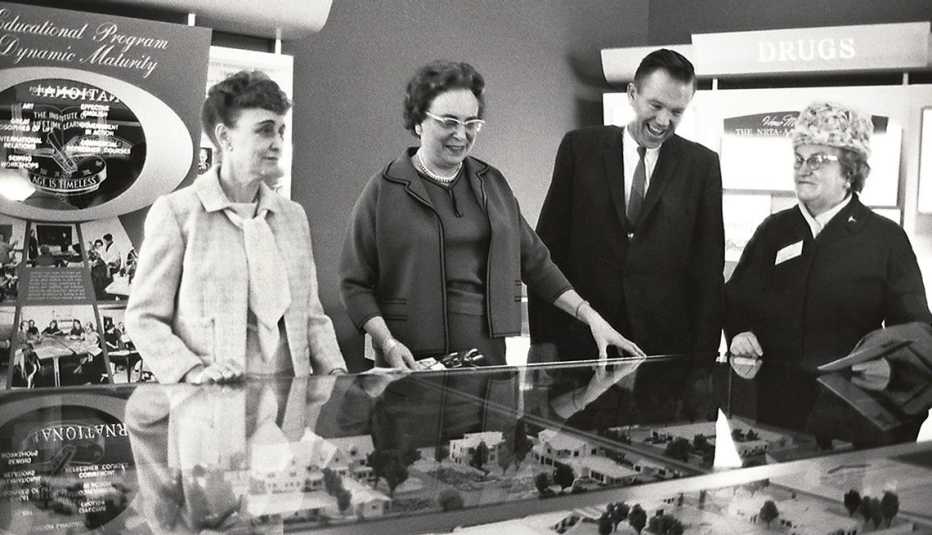
1964: A Presence at the World's Fair
AARP’s pavilion at the New York World’s Fair promotes the organization’s vision of Dynamic Maturity. Its entrance is dominated by a massive sundial — 20 feet in diameter, designed by sculptor Herbert Feuerlicht — in keeping with the concept of time being ageless. Dr. Andrus’ nephew, Lincoln, and others look at a model of Grey Gables.





























































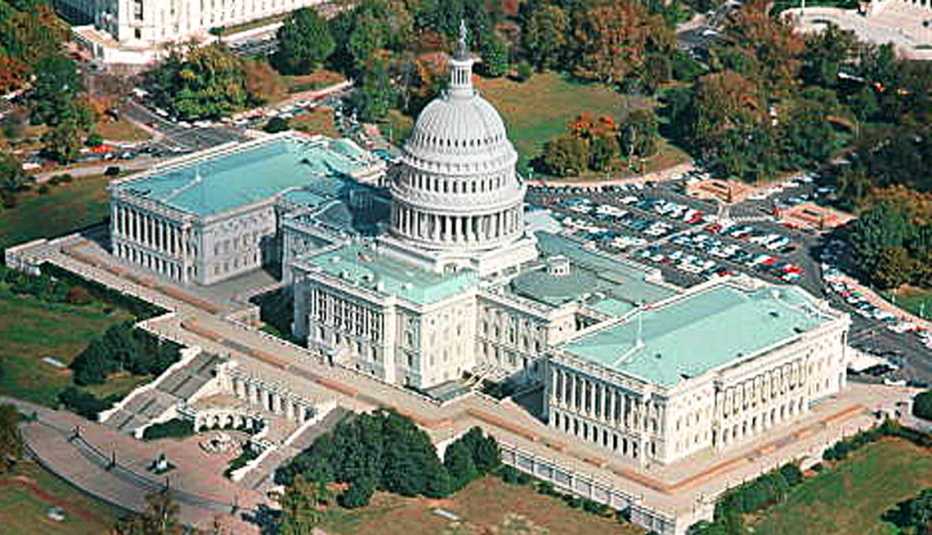

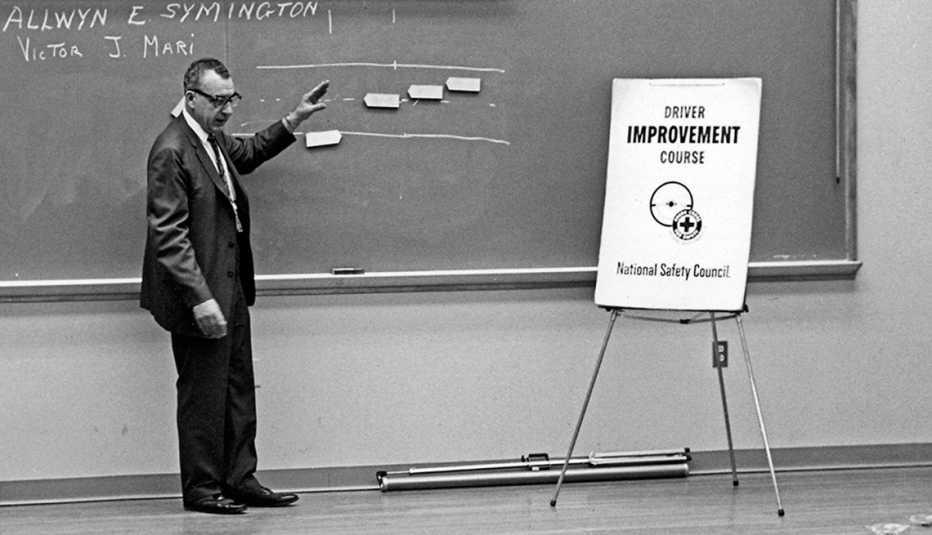

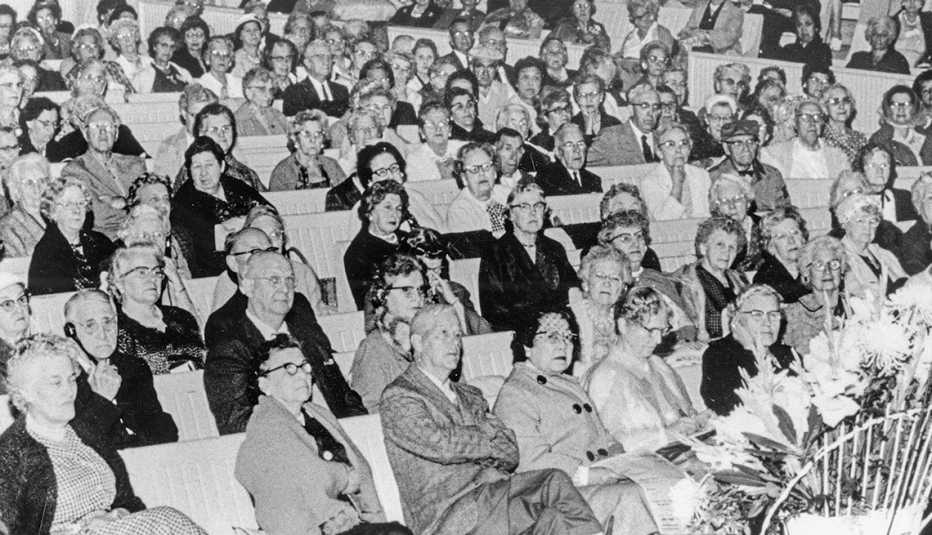
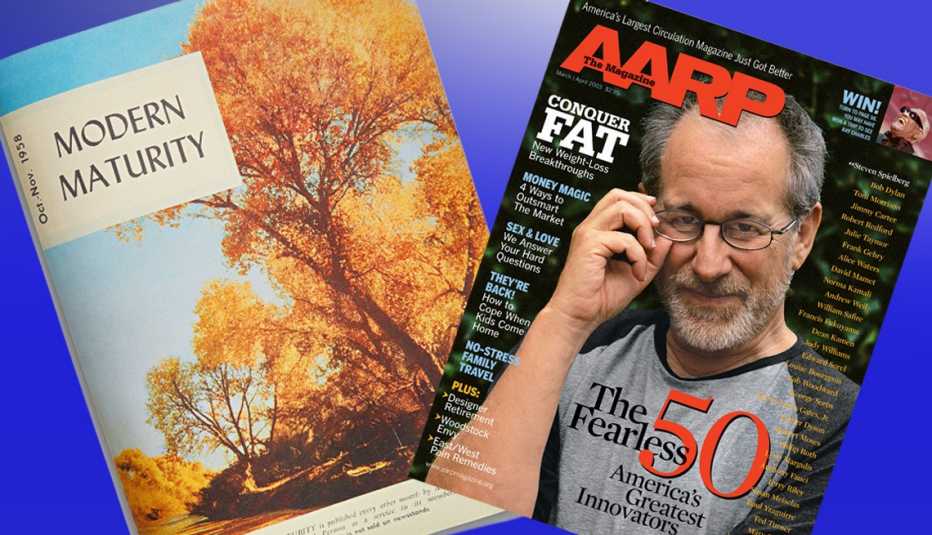




More From AARP
A Revolutionary Leader Is Born in California
Nurtured by progressive parents, Ethel Percy Andrus finds her calling
Founder’s Mission Begins With Chicken Coop Visit
Ethel Percy Andrus meets a retired teacher in povertyRecommended for You